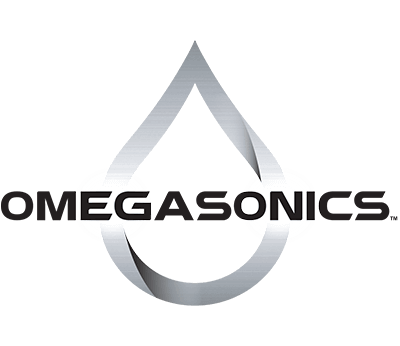Many of the parts we place in ultrasonic cleaning systems don’t need—or can’t stand—detergents. Semiconductor wafers, some surgical instruments, many printed circuit boards, delicate antiques, and dental prosthetics are just a few of them. For parts like these and many more, the best cleaning solution to use in ultrasonic cleaners is de-ionized water. It seems […]
How Ultrasonic Cleaning Keeps Employees Safe
Before ultrasonic cleaning became a popular method for cleaning parts and components, removing contamination from parts was expensive, time-consuming, and a task that put employees at risk. Cleaning components by hand exposed workers to potential cuts and punctures from sharp edges, sharp tools, or heavy parts that might get dropped. Even if the parts were […]
How Does Degassing Affect Ultrasonic Cleaning?
Degassing fresh cleaning solution in ultrasonic cleaning systems is imperative if we want to hit a home run cleaning our parts. Omegasonics explains why in this article. Every time we replace the cleaning solution in our ultrasonic cleaning systems, or top off the solution lost to evaporation over time, we introduce liquids that contain dissolved […]
How Does Cavitation Erosion Occur in Ultrasonic Cleaners?
Cavitation erosion is rare, but it can occur in certain materials when they are placed in ultrasonic cleaners. Short cleaning cycles prevent this type of damage. Ultrasonic cleaners work on the basis of cavitation. Gas bubbles form in the cleaning liquid due to alternating high and low pressure cycles, and as the bubbles on the […]
Top Car Parts to Clean in an Ultrasonic Cleaning System
It’s hard to imagine a tool that was more perfectly designed for the auto mechanic than an ultrasonic cleaning system. Yes, impact wrenches, hydraulic lifts, and computerized diagnostic analyzers are all nice, but no other piece of equipment can cut hours off of a repair or rebuild job like ultrasonic cleaners can. Cleaning tasks that […]
How Long Should a Cycle Take in Ultrasonic Cleaners?
Ultrasonic cleaners are popular because they clean parts and equipment thoroughly and efficiently, work on a wide range of materials, and remove a tremendous variety of contaminants. With all that said, the process is not universal. Ultrasonic cleaning times vary according to a number of variables: the type of contaminant, the cleaning detergent used, the […]
Ultrasonic Cleaning: What is Degassing?
Degassing new solution placed in an ultrasonic cleaning system makes it work effectively to clean parts when needed. How we handle the cleaning solution in our ultrasonic cleaning system has a lot to do with how effectively it will work when we clean parts for the first time. Every time a cleaning solution is handled—whether by […]
Ultrasonic Cleaning: Is There an Optimum Cleaning Frequency?
There is an optimum frequency for ultrasonic cleaning systems, depending on the part and contaminant. Omegasonics explains how frequencies affect cleaning. Ultrasonic cleaning systems are designed and built in a wide range of operating frequencies, from around 25 kHz to 170 kHz. Why such a wide range? Does it even matter? Ultrasonic cleaners are ultrasonic […]
Content Management and Cleaning System Course
Take a look at the upcoming training course that guarantees participants a system they can take back to their companies and implement the first day. Students are taught a proper pack-out in an actual home, not a simulated room. Students also learn how to properly clean smoke damaged items, high end electronics, how to pre-estimate […]
Ultrasonic Cleaners: Cleaning Filling Valves
Ultrasonic cleaners are used in the beverage packaging industry to restore filling valves to a precision state. The beverage industry produces thousands of cans and bottles of product every hour, and ultrasonic cleaners are used to keep the machinery and processes going 24/7. Automated filling stations move continuously to align the cans and bottles, dispense […]
- « Previous Page
- 1
- …
- 52
- 53
- 54
- 55
- 56
- …
- 69
- Next Page »
